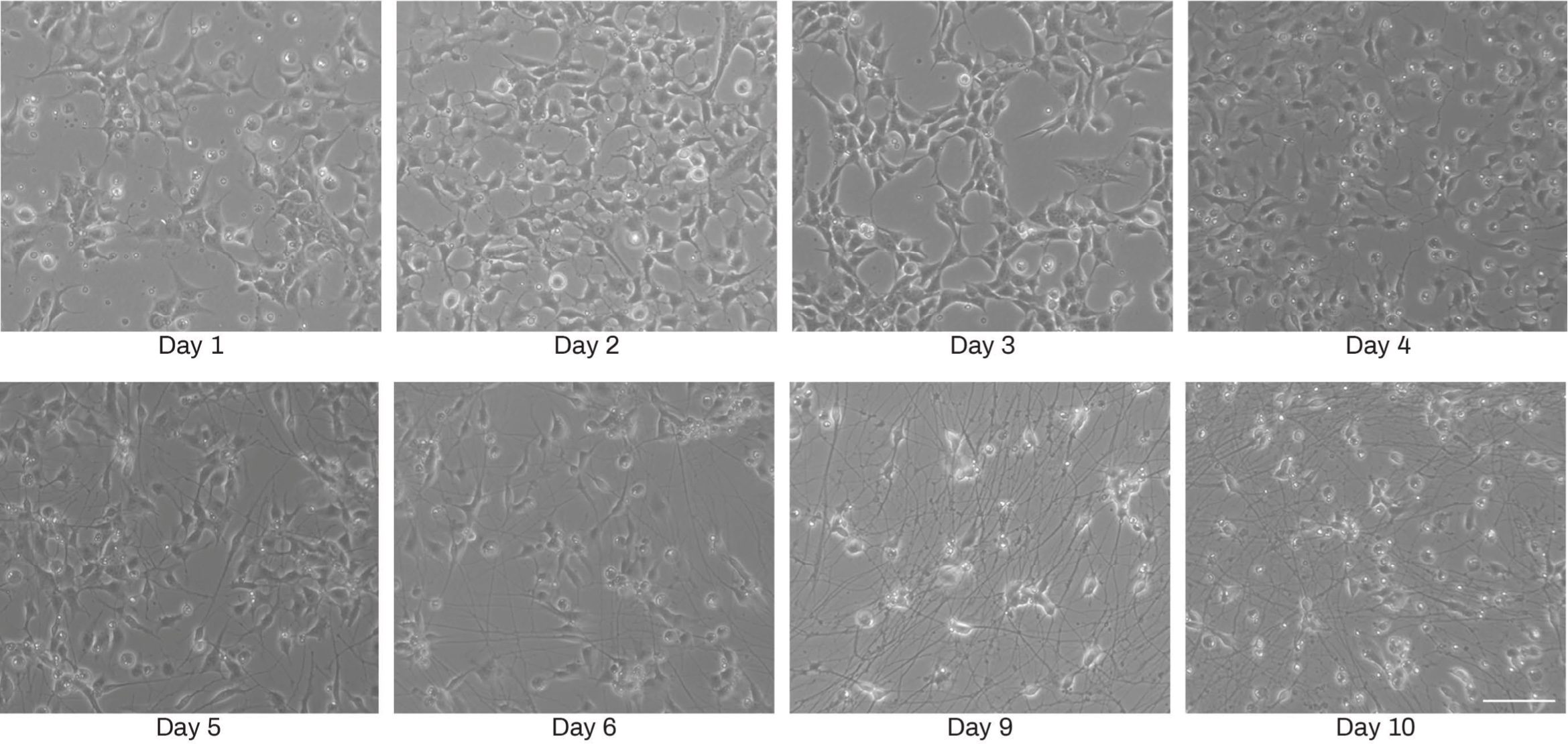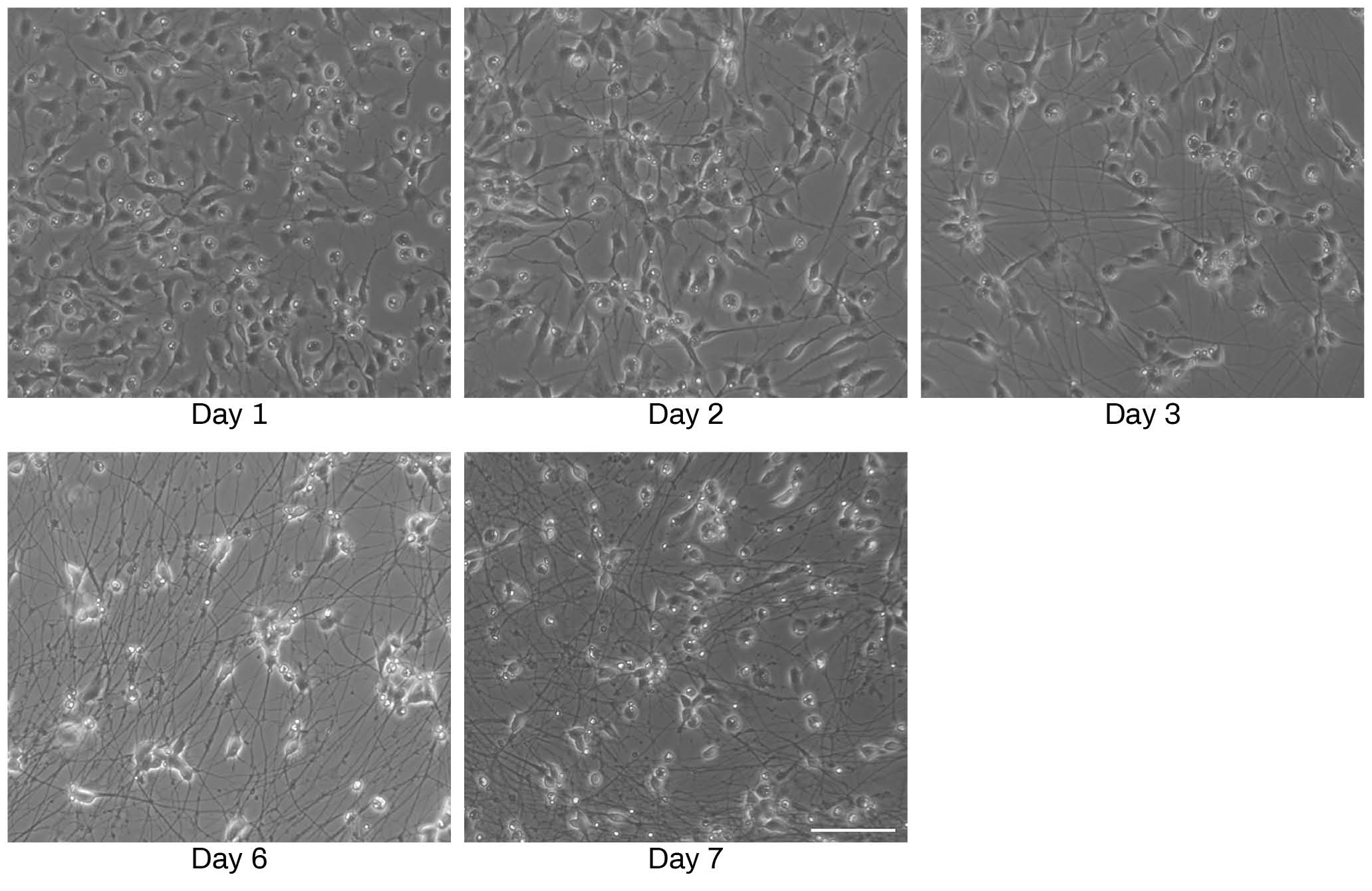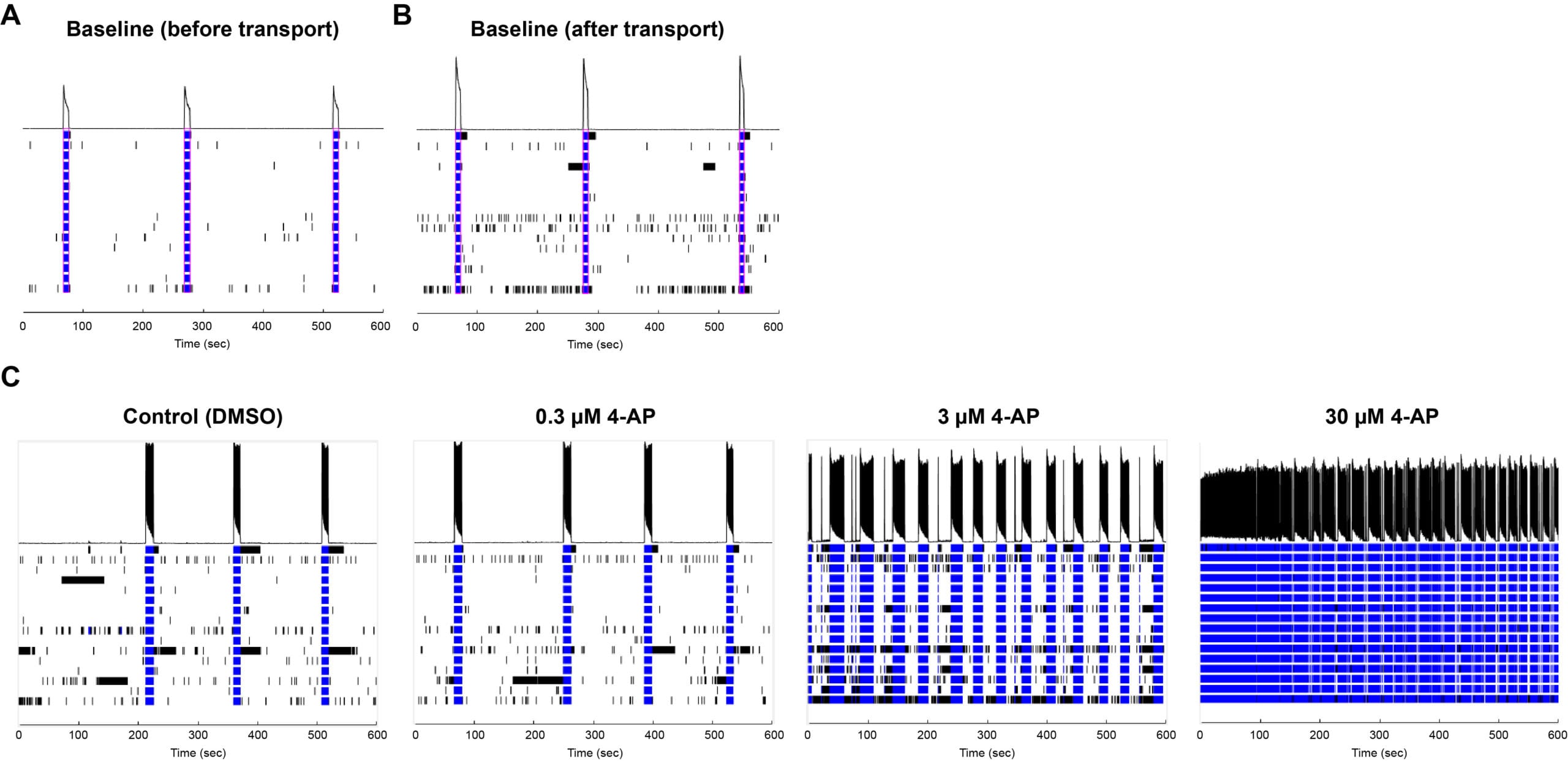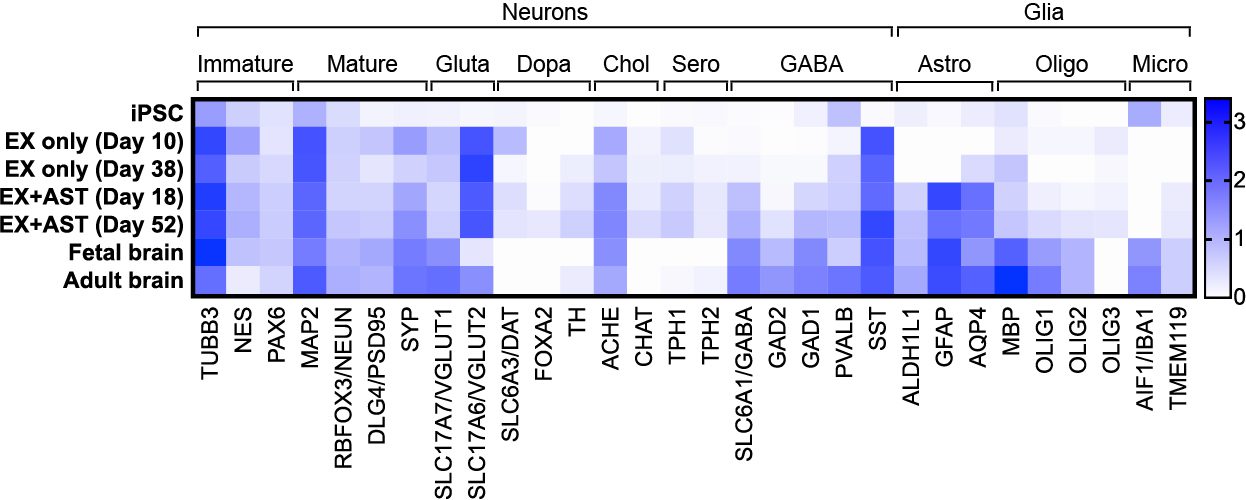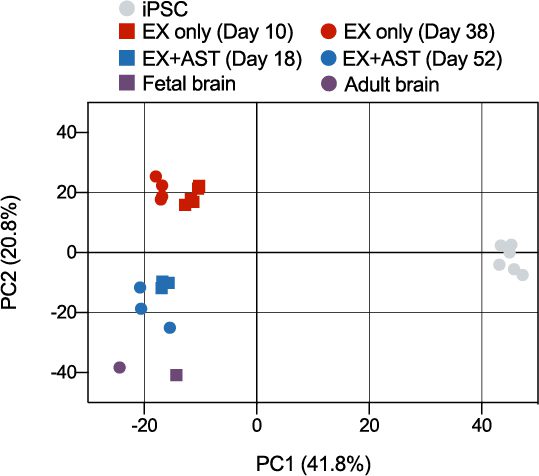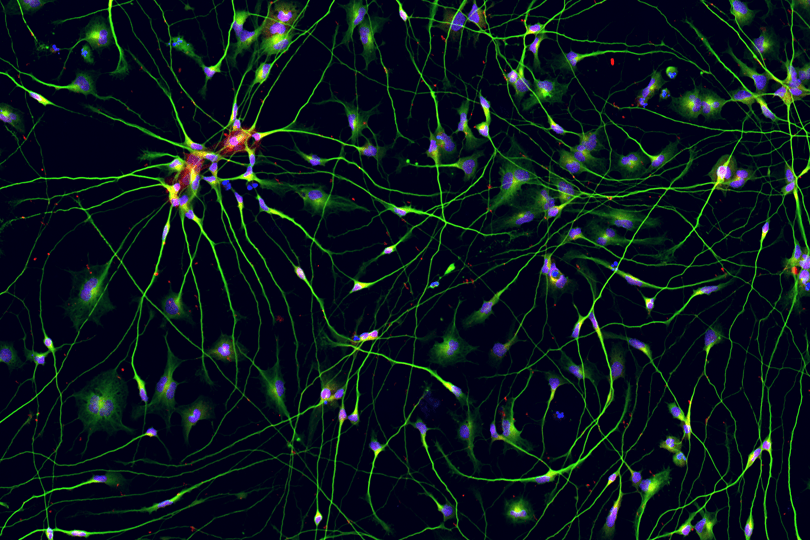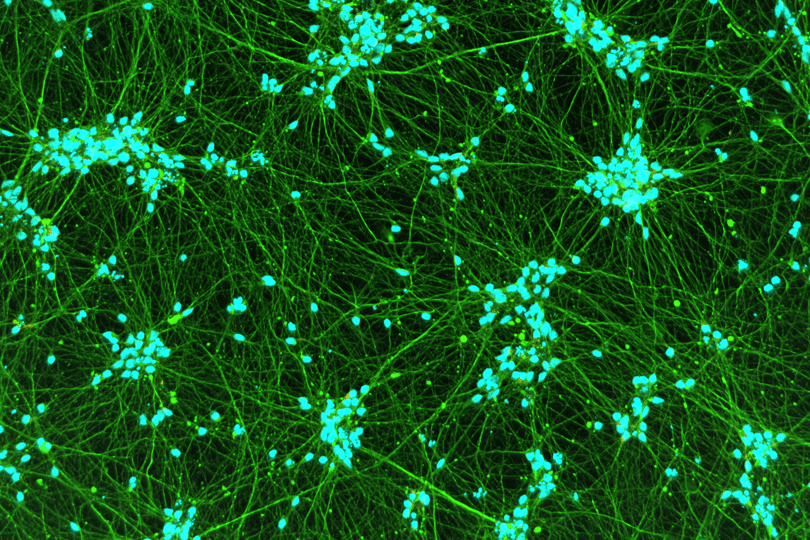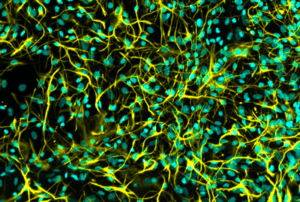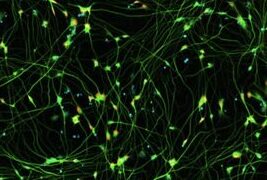Discover the forefront of iPSC neuron research and applications at Elixirgen Scientific. Our cutting-edge iPSC-derived excitatory neurons offer unparalleled insights into neuronal behavior and disease modeling.
- Quick-Neuron™ Excitatory - Human iPSC-derived Neurons give you access to the same cells with every order for more biologically relevant and reproducible studies.
- Quick-Neuron™ Excitatory Kits provide you with a quick and easy way to turn your iPS cells into excitatory neurons.




